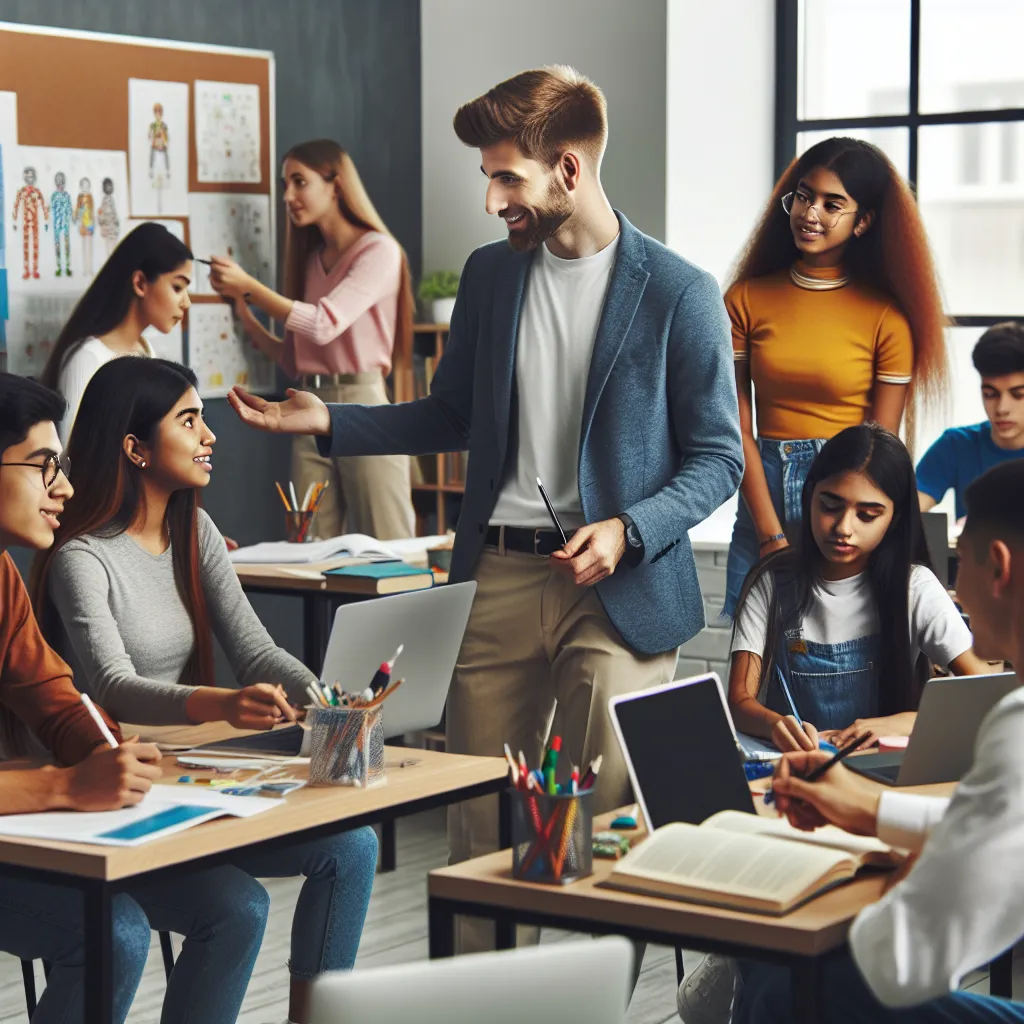Implementing Behavioral Techniques to Enhance Students’ Learning Experience
Implementing behavioral techniques to enhance students’ learning experience is a crucial aspect of creating a conducive educational environment. By utilizing behavioral aids in educational settings, educators can effectively address students’ individual needs and maximize learning outcomes.
One key strategy is the implementation of positive reinforcement to encourage desired behaviors and academic performance. This can include using verbal praise, tangible rewards, or special privileges to motivate students. By reinforcing positive behaviors, educators can create a supportive and encouraging atmosphere that fosters student engagement and enthusiasm for learning.
Additionally, utilizing behavior contracts and individualized behavior plans can provide a structured framework for addressing and modifying challenging behaviors. These tools allow educators to set clear expectations, establish rewards for meeting those expectations, and provide interventions for addressing any behavioral issues that may arise. By customizing these plans to suit each student’s specific needs, educators can effectively support their behavioral development while also promoting a positive learning environment.
Furthermore, incorporating visual aids such as behavior charts, visual schedules, and cue cards can help students understand expectations and routines, reducing anxiety and promoting a sense of predictability and stability in the classroom. These visual tools can be especially beneficial for students with learning differences or attention-related challenges, as they provide clear, structured support for understanding and following expectations.
In conclusion, implementing behavioral techniques in educational settings is instrumental in enhancing students’ learning experiences. By utilizing positive reinforcement, behavior contracts, individualized behavior plans, and visual aids, educators can create a supportive and inclusive learning environment that maximizes student engagement and empowers them to achieve their full potential.
The Impact of Utilizing Positive Reinforcement in Educational Environments
Utilizing positive reinforcement in educational environments has been shown to have a significant impact on learning outcomes and student behavior. Positive reinforcement involves the use of rewards or praise to encourage and motivate desirable behaviors in students. This approach focuses on acknowledging and rewarding positive actions, such as active participation, completing assignments on time, and respectful interactions with peers and teachers.
Research has consistently demonstrated the effectiveness of positive reinforcement in shaping and sustaining desired behaviors in educational settings. When students receive praise or rewards for their efforts and achievements, they are more likely to exhibit the same behavior in the future. This creates a cycle of positive behavior and motivation, leading to improved engagement and performance in academic tasks.
Furthermore, the implementation of positive reinforcement techniques fosters a supportive and inclusive classroom environment. Students feel valued and acknowledged for their contributions, leading to increased self-esteem and confidence. This, in turn, cultivates a positive attitude towards learning and fosters a supportive peer culture within the classroom.
In conclusion, the utilization of positive reinforcement in educational settings is a powerful tool for promoting desired behaviors and enhancing learning outcomes. By recognizing and rewarding positive actions, educators can create a conducive environment for academic growth, improved student engagement, and a positive classroom atmosphere.
Maximizing Learning Potential through Applied Behavior Analysis
Utilizing behavioral aids in educational settings is essential for maximizing learning potential and improving learning outcomes. One effective approach to achieve this is through Applied Behavior Analysis (ABA). ABA involves the systematic application of interventions to improve socially significant behaviors, with a focus on the principles of learning theory.
By implementing ABA techniques in educational settings, educators can create individualized learning programs that are tailored to the specific needs of each student. This approach allows for the systematic assessment and modification of behaviors, resulting in improved academic performance and overall learning outcomes.
Furthermore, ABA emphasizes the use of positive reinforcement to encourage desired behaviors, creating a supportive and engaging learning environment. This approach not only maximizes the learning potential of students but also promotes the development of essential life skills.
In conclusion, the utilization of ABA in educational settings is a powerful tool for maximizing learning potential and improving learning outcomes. By incorporating ABA techniques into teaching practices, educators can create a supportive and effective learning environment that fosters academic success and personal growth.

